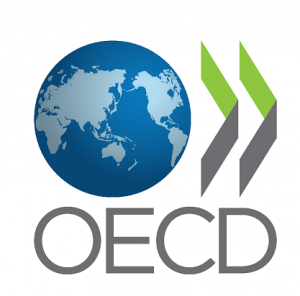
Development aid reached in 2013 its highest level ever, is the outcome of an annual survey by the OECD Development Assistance Committee (DAC) on donor spending plans. Despite the financial pressure governments are currently facing since the global economic crisis, governments increased their development aid budgets. Many governments took in 2011 and 2012 austerity measures, which resulted in decreased budgets for development aid. In 2013, however, donors provided a total of 134.8 billion US Dollars in net official development assistance (ODA) and broke therewith an all-time record.
At the same time, a shift takes place in in aid allocations and a trend of decreasing assistance appears in some of the neediest countries continues, as for example the sub-Saharan African countries, which is becoming a serious concern. These concerns will be discussed during the first high level meeting of the Global Partnership for Effective Development Cooperation that takes place this April in Mexico, with the aim to improve effective development cooperation.
The United States, the United Kingdom, Germany, Japan and France were the largest donors by volume. Denmark, Luxembourg, Norway and Sweden continued to exceed the 0.7 % ODA/GNI target, and the United Kingdom reached this target for the first time. This in contrast to the Netherlands, who fell for the first time since 1974 below the United Nations target of 0.7 %. Net ODA rose in 17 countries, with the largest growths measured in Iceland, Italy, Japan, Norway and the United Kingdom. Canada, France and Portugal decreased the most in net official development aid.
In the further outlook of development aid, a continued focus in the medium term on middle-income countries is suggested, many with large populations in extreme poverty. It is most likely that aid to these countries will be in the form of soft loans. The survey also predicts a continuation of the worrying trend of declines in programmed aid to least developed countries (LDC) and low-income countries, in particular Africa.
